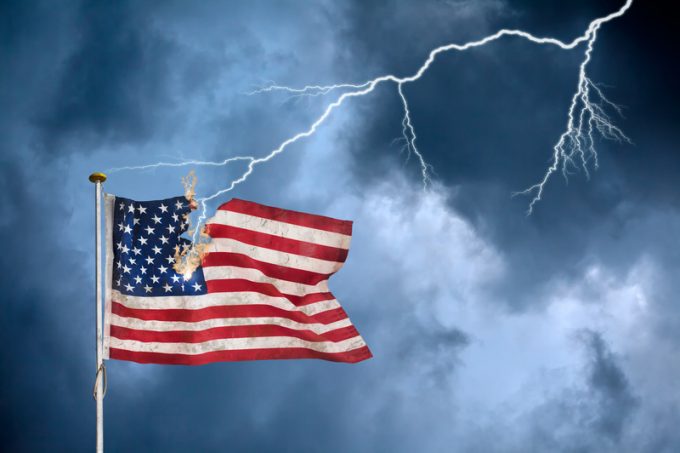Business calls for end to French port strikes, but unions plan more
French industry body the Mouvement des Entreprises de France (MEDEF) is demanding a swift end ...

The US supply chain faces several challenges, including decreasing product demand, the war in Ukraine and rising inflation. However, a potential UPS strike – along with a chance that Yellow Freight goes insolvent – could create a perfect storm, with disastrous economic consequences.
UPS is the largest package delivery company in the world and it handles a significant portion of the freight traffic in the US. If UPS was to go on strike, it would immediately disrupt the delivery of goods ...
Transpacific sees first major MSC blanks as rates fall and volumes falter
'It’s healthy competition' Maersk tells forwarders bidding for same business
White House confirms automotive tariffs – 'a disaster for the industry'
New price hikes may slow ocean spot rate slide – but for how long?
Shippers snap up airfreight capacity to US ahead of tariff deadline
Supply chain delays expected after earthquake hits Myanmar
Tighter EU import requirements proving 'a challenge' for forwarders

Comment on this article